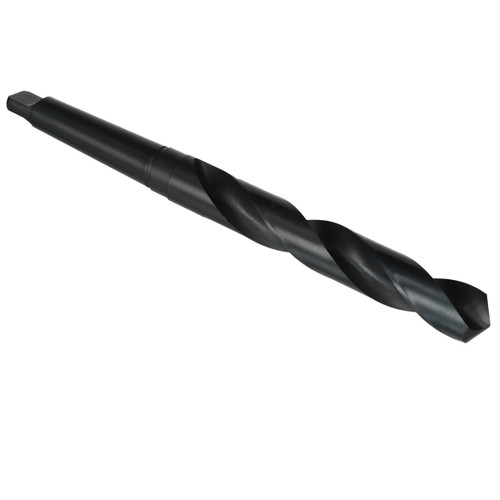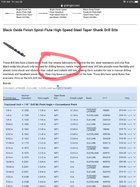Donna Banfield
TOTW Team
I am in need of a larger diameter drill bit ( 3/4" inch or larger preferred) and want to mount it directly in my tailstock. My Jacobs chuck has unacceptable run-out. I use it very infrequently now (have used it 2 in the last 5-6 years) so really don't care to replace that. But I do need to drill holes around 3/4" and have them start dead center and remain there. I know that they exist, I just can't seem to find them. Anyone have a website/online store they can point me to? Struck out with Graingers. I have a Oneway 2436, and the tailstock is #3 more taper.




